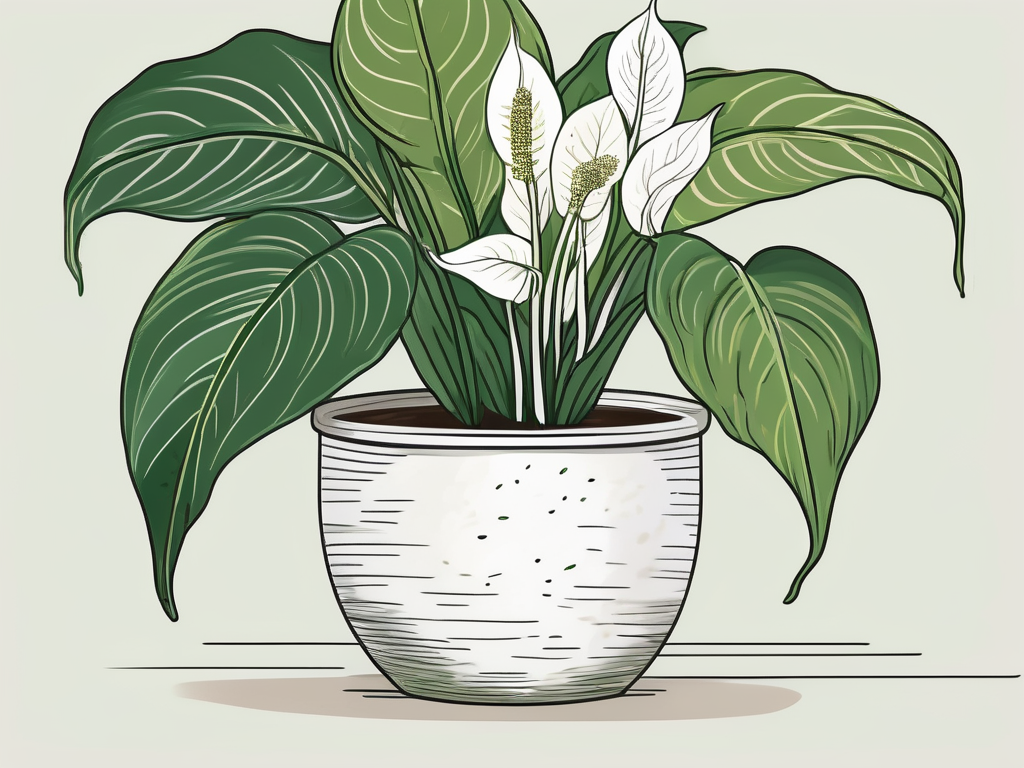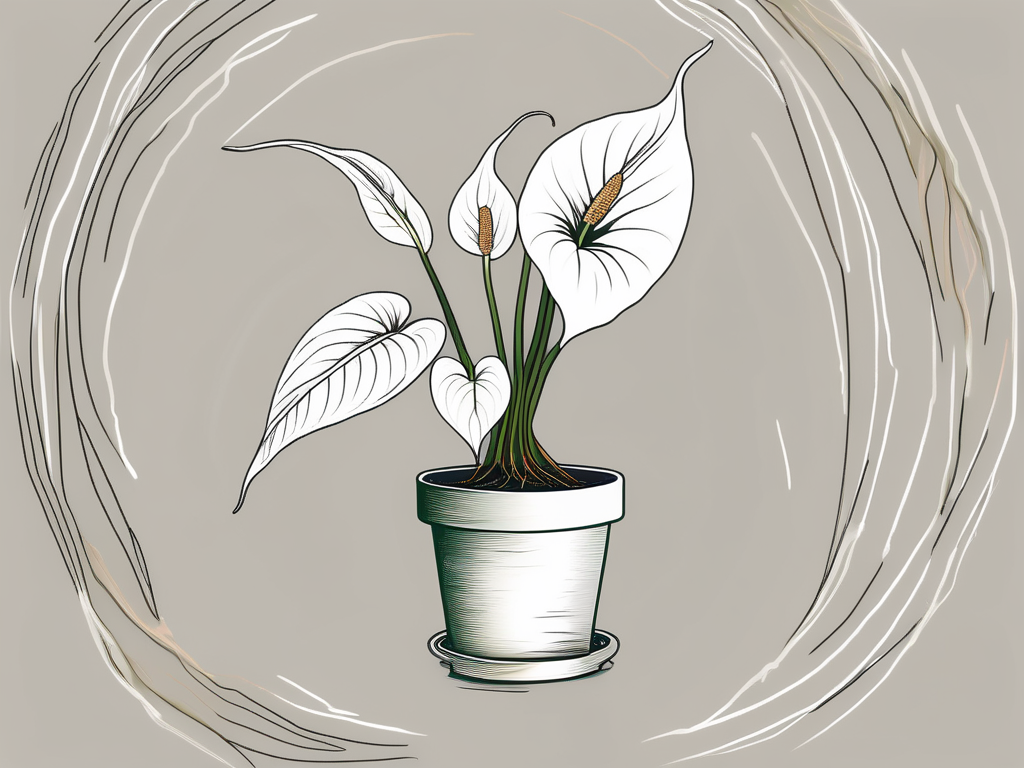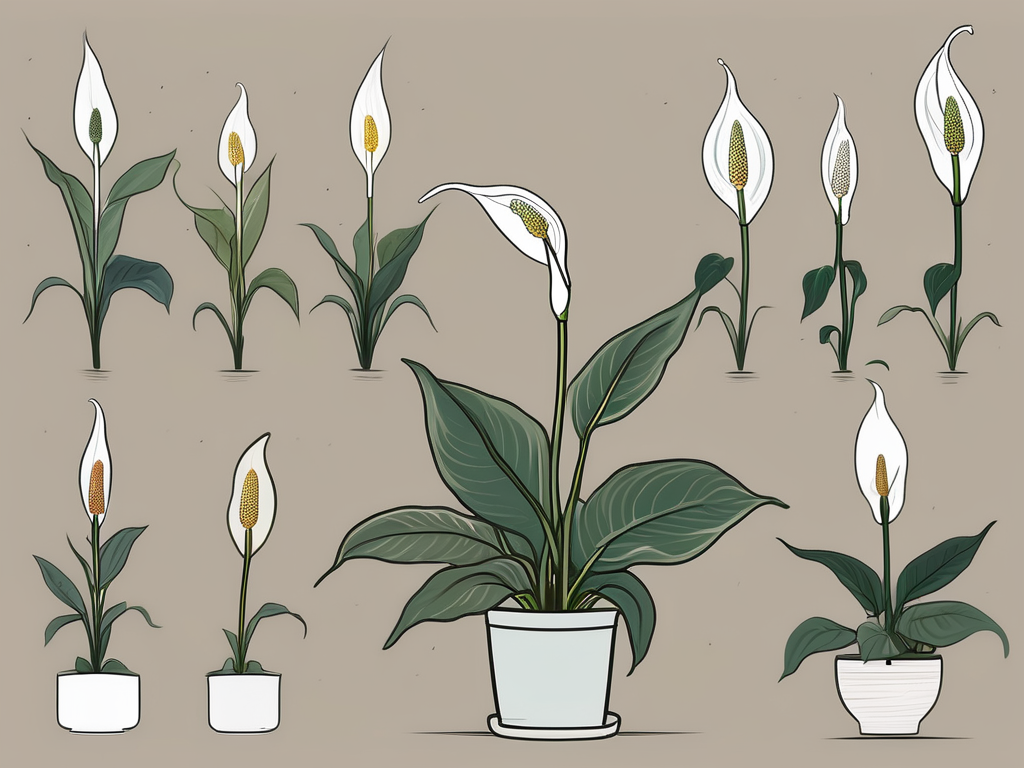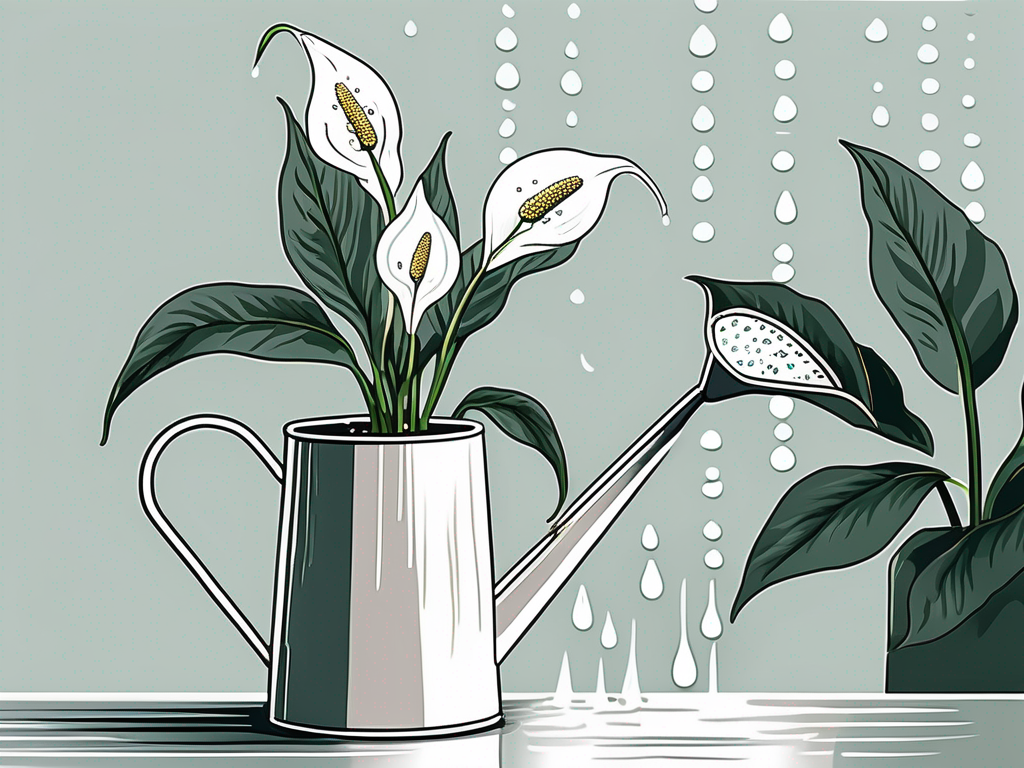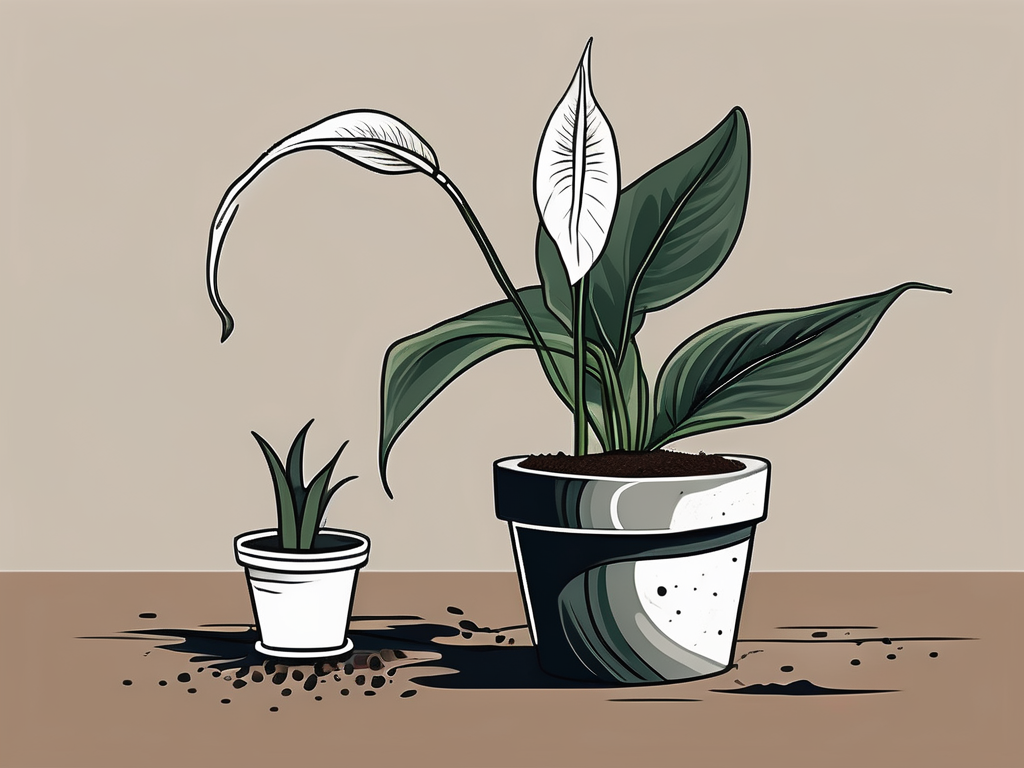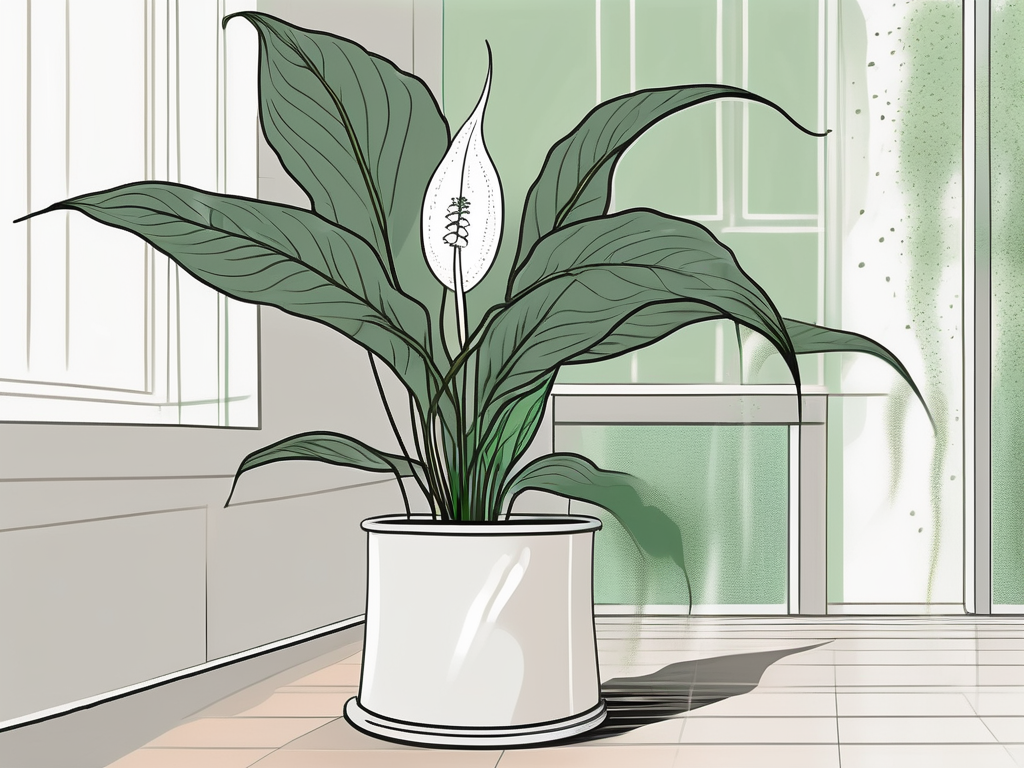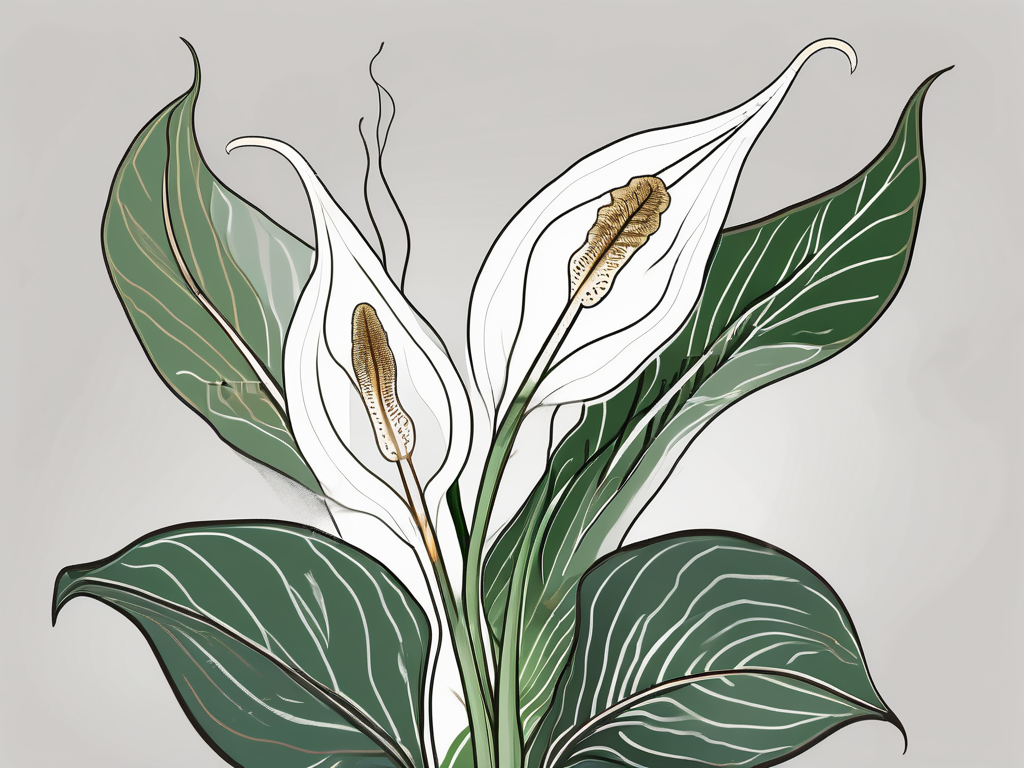
Have you ever stopped to think about the roots of your Peace Lily? These sometimes overlooked parts of your plant are doing some pretty heavy lifting. While the elegant white blooms and lush green leaves often steal the spotlight, the roots are quietly working behind the scenes, ensuring your plant stays healthy and vibrant.
In this article, we'll take a closer look at the vital role Peace Lily roots play, from supporting the plant's structure to absorbing water and nutrients. We’ll explore everything from choosing the right soil to repotting tips, and even how to handle those occasional root issues. Whether you're a seasoned plant parent or just getting started, understanding these details can make all the difference in keeping your Peace Lily flourishing.
The Role of Roots in Peace Lily Health
Roots are like the unsung heroes of your Peace Lily. They anchor the plant in the soil, allowing it to stand tall and proud. But more than just providing stability, they are crucial for absorbing water and nutrients from the soil. This means they play a direct role in how well your plant grows and how healthy its leaves and flowers look.
When you water your Peace Lily, the roots soak up that moisture and send it throughout the plant. It's like a delivery service bringing hydration to every part. The roots also draw in essential nutrients like nitrogen, phosphorus, and potassium, which are key players in helping your Peace Lily grow and thrive. Without these nutrients, your plant's growth can be stunted, and its leaves might start to look a little sad.
Interestingly enough, Peace Lily roots also have a symbiotic relationship with certain soil microbes. These tiny organisms help break down organic matter in the soil, making nutrients more accessible to the plant. This partnership is essential for maintaining a healthy root system and, by extension, a healthy plant.
Choosing the Right Soil for Your Peace Lily
Soil choice is more important than you might think when it comes to Peace Lily roots. The right soil can make it easier for roots to grow and absorb nutrients, while the wrong soil might leave them struggling. So, what makes for good Peace Lily soil?
Peace Lilies prefer well-draining soil. This type of soil lets water flow through easily, preventing those nasty root rot issues that can pop up when roots sit in water for too long. A good mix might include peat moss, which retains moisture without becoming waterlogged, and perlite or sand to help with drainage.
- Peat Moss: Holds moisture while allowing excess water to drain away.
- Perlite: Improves soil aeration and drainage.
- Sand: Adds grit to the soil mix, enhancing drainage.
Some plant lovers even add orchid bark to the mix for extra airflow around the roots. The key is to find a balance that keeps the soil moist but not soaking wet. Check the soil moisture regularly, and remember that Peace Lilies like their soil to dry out a bit between waterings.
Repotting Tips for Happy Roots
Repotting can be a bit daunting, but it's essential for keeping your Peace Lily healthy. Over time, roots can become cramped in their pot, which stifles their growth and can lead to root-bound conditions. Repotting gives them room to spread out and take in all the nutrients they need.
When should you repot your Peace Lily? A good rule of thumb is every 1-2 years, or when you notice roots poking out of the drainage holes. Choose a pot that's only slightly larger than the current one. Going too big can retain too much moisture and lead to root rot.
- Gently remove the plant: Tap the sides of the pot to loosen the soil, then carefully lift the plant out.
- Loosen the roots: Gently tease apart any roots that are tightly tangled.
- Trim dead roots: Snip away any brown or mushy roots with clean scissors.
- Position in new pot: Place the plant in the new pot, filling in with fresh soil around the sides.
- Water thoroughly: Give your Peace Lily a good drink to help it settle into its new home.
Remember, repotting can be a bit of an adjustment for your plant, so it might look a little droopy for a few days. Don't worry, this is normal, and your Peace Lily should bounce back soon.
Signs of Root Problems and How to Fix Them
Sometimes, despite our best efforts, things can go awry, and Peace Lily roots can face issues. Recognizing the signs early can prevent bigger problems down the road. One common issue is root rot, often caused by overwatering or poor drainage.
Signs of root rot include yellowing leaves, wilting, and a foul smell from the soil. If you suspect root rot, it's time to take action:
- Check the roots: Gently remove the plant from the pot and inspect the roots. Healthy roots should be firm and white, while rotten roots will be brown and mushy.
- Trim affected roots: Use sterilized scissors to cut away the rotten parts.
- Repot: Place the plant in fresh, well-draining soil, and consider using a pot with better drainage.
- Adjust watering: Let the soil dry out more between waterings to prevent future issues.
Pests can also attack Peace Lily roots, though it's less common. If you notice little critters or signs of damage, treat the soil with an appropriate pesticide or consider repotting with fresh soil.
Watering Your Peace Lily: Finding the Balance
Watering is one of those tasks that seems straightforward but can be tricky when it comes to Peace Lilies. They prefer a consistent watering routine but don't like sitting in soggy soil. Finding that sweet spot can make a world of difference for your plant's roots.
Start by checking the top inch of soil before watering. If it feels dry, it's time to water. Pour water until it drains through the bottom, ensuring the entire root system gets hydrated. Then, let the soil dry out a bit before the next watering. Over time, you'll get a feel for how often your plant needs a drink.
Interestingly, Peace Lilies are quite communicative. If they need water, you'll often see the leaves drooping. While this is a sign to water, don't wait for the leaves to droop every time, as the stress can affect the plant's health.
The Importance of Humidity for Root Health
Peace Lilies hail from tropical regions, so they're used to high humidity. While the leaves are the most apparent beneficiaries of a humid environment, the roots appreciate it too. Humidity helps maintain soil moisture, making it easier for roots to absorb water and nutrients.
If your home is on the dry side, consider ways to boost humidity. You can:
- Mist the plant: Use a spray bottle to mist the leaves occasionally.
- Use a humidity tray: Place the pot on a tray filled with pebbles and water. As the water evaporates, it increases humidity around the plant.
- Group plants together: They can create a microclimate that raises humidity.
Keep in mind that while Peace Lilies enjoy humidity, too much moisture can lead to other issues like fungal growth. Aim for a balance that keeps the plant happy without overdoing it.
Fertilizing for Stronger Roots
While roots are great at absorbing nutrients, they need a little help now and then. This is where fertilizing comes in. Giving your Peace Lily a nutrient boost can promote stronger root growth and overall plant health.
Choose a balanced, water-soluble fertilizer and apply it every 6-8 weeks during the growing season. Be cautious not to over-fertilize, as this can damage the roots. Dilute the fertilizer to half strength to avoid any potential issues.
Signs that your Peace Lily might need fertilizing include slow growth and pale leaves. If you notice these, it might be time to give your plant a little extra nourishment.
Creating the Perfect Environment for Your Peace Lily
The environment you create for your Peace Lily can significantly affect its roots. This includes everything from light levels to temperature. Peace Lilies do best in indirect light, as direct sunlight can scorch the leaves and dry out the soil, putting stress on the roots.
Temperature is another factor to consider. Peace Lilies thrive in temperatures between 65°F and 85°F (18°C - 29°C). Cold drafts or excessive heat can cause stress, impacting root health. Keep your plant away from heating vents and drafty windows to maintain a stable environment.
By understanding and nurturing the environment your Peace Lily needs, you set the stage for strong root development and a flourishing plant.
Final Thoughts
Peace Lily roots are more than just a support system; they're vital to your plant's overall well-being. From choosing the right soil and pot to finding the perfect watering routine, understanding these aspects can help your Peace Lily thrive.
At Cafe Planta, we believe that every plant has a story to tell. Whether you're looking for a new addition to your collection or need some plant care advice, we're here to help. Feel free to reach out via email or follow us on Instagram for more tips and inspiration. Let's grow together!














